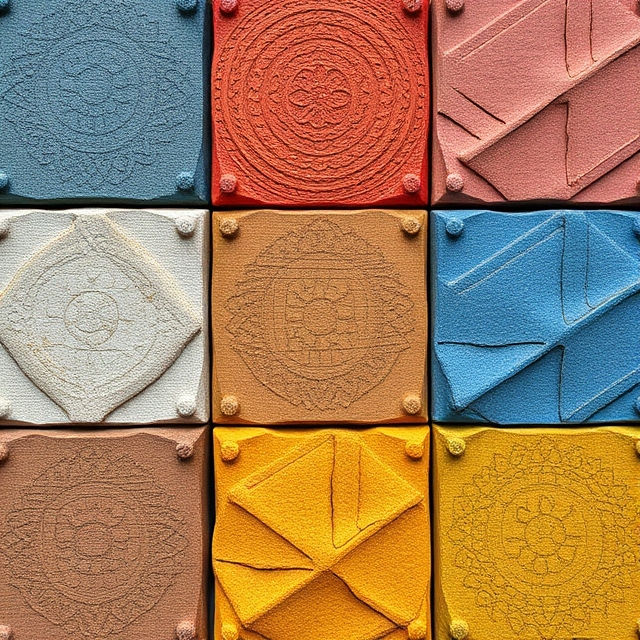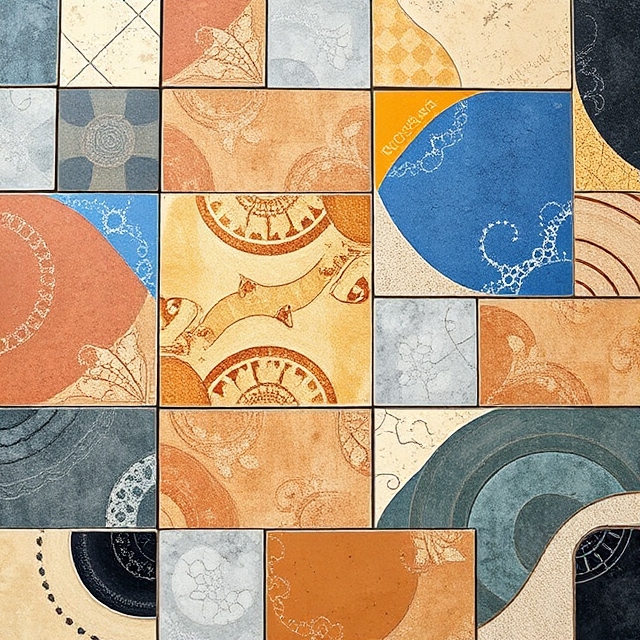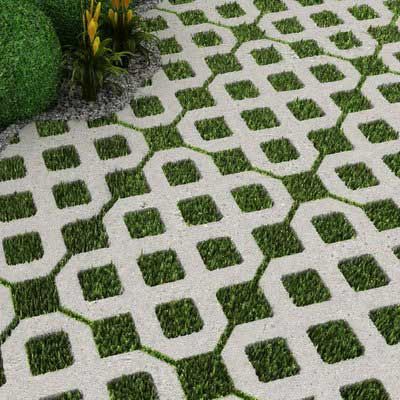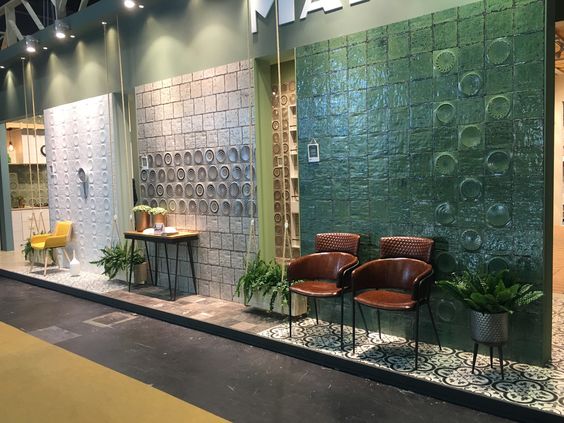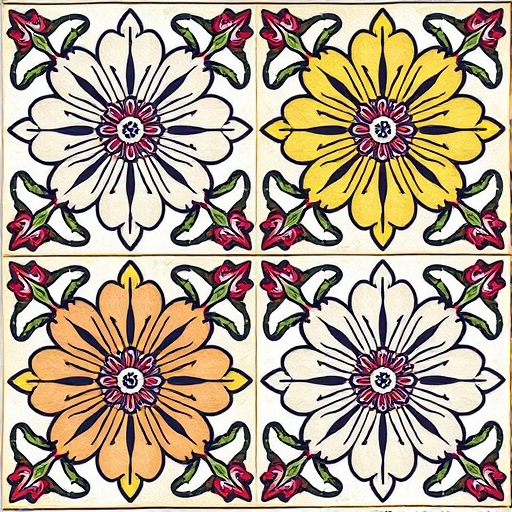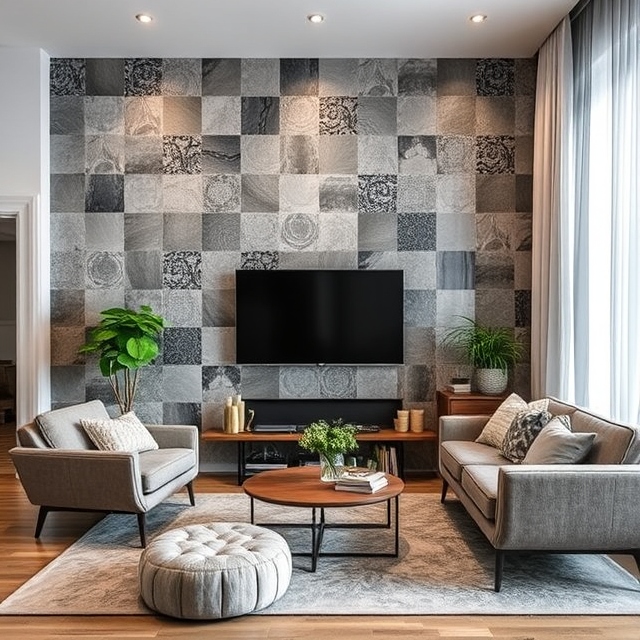Texture Tiles: The Key to Elevating Your Space with Style and Depth
Tiles are a fundamental element in interior design, offering both functional and aesthetic value to a space. Over the years, traditional smooth tiles have evolved, giving way to textured tiles that introduce depth, dimension, and tactile qualities to walls, floors, and even ceilings. Texture tiles are a popular choice in modern design for their ability to enhance visual appeal, add contrast, and provide a unique, personalized touch to interiors. This article delves into the world of textured tiles, exploring their types, benefits, and how to use them to create dynamic spaces.
What Are Texture Tiles?
Texture tiles refer to tiles that feature a raised or uneven surface, offering visual and tactile contrast compared to flat, smooth tiles. These tiles are made from a variety of materials, including ceramic, porcelain, stone, and cement, and come in a wide range of patterns, shapes, and finishes. The texture of the tiles can be subtle or bold, ranging from soft, undulating waves to geometric shapes, intricate designs, or natural stone imprints.
Texture tiles can be used in various applications, such as creating feature walls, adding depth to floors, or bringing life to a kitchen backsplash or bathroom shower. The beauty of these tiles lies in their ability to transform a simple surface into a piece of art that captures light and attention, all while remaining practical and easy to maintain.
Types of Texture Tiles
Texture tiles come in various styles and designs, allowing homeowners, architects, and interior designers to explore different creative possibilities. Below are some of the most common types of textured tiles:
1. 3D Tiles
3D tiles are perhaps the most striking category of textured tiles. They have three-dimensional designs that create deep, sculptural patterns on the surface. These tiles are available in various designs, from geometric patterns to abstract, nature-inspired motifs. The depth of 3D tiles can dramatically enhance the look of a wall or floor, adding visual intrigue and making the surface come alive.
3D tiles are perfect for feature walls in living rooms, bedrooms, and dining areas. They can also be used in bathrooms or kitchens, where they serve as attention-grabbing backsplashes or shower walls. The raised surfaces of 3D tiles capture light and shadow, creating a dynamic interplay of brightness and dark areas that change throughout the day.
2. Textured Stone Tiles
Natural stone tiles, such as slate, travertine, and limestone, can feature textures that highlight their natural beauty. These tiles may come with rough, uneven surfaces, or they can have subtle textures created through the manufacturing process. Textured stone tiles are often used in rustic or traditional settings but can also fit modern interiors when paired with the right décor.
For example, slate tiles often feature a layered, split texture that adds a natural, earthy feel to the space. Travertine tiles, with their pitted and veined surfaces, can bring warmth and richness to floors or walls. These tiles are frequently used in outdoor spaces like patios, as well as in bathrooms and kitchens.
3. Geometric Texture Tiles
Geometric texture tiles feature repeating patterns or shapes that add rhythm and structure to a space. These tiles may have raised surfaces or indented patterns, with shapes such as squares, triangles, hexagons, or diamonds. Geometric texture tiles are ideal for contemporary, minimalist, or industrial interiors, where the clean, angular designs offer a sense of order and symmetry.
The sleek lines and patterns of geometric textured tiles work well in kitchens, bathrooms, or even entryways. These tiles can be used to create striking accent walls or as statement pieces for flooring, adding a modern touch while maintaining a sense of balance and harmony.
4. Wood-Look Texture Tiles
Wood-look texture tiles are an innovative solution for homeowners who love the look of wood but need the durability and ease of maintenance that tiles offer. These tiles mimic the appearance and texture of natural wood, providing the warm, inviting feel of wood without the upkeep. The textured surface of wood-look tiles often includes grooves, grains, and ridges that replicate the authentic texture of wooden planks.
Wood-look texture tiles are suitable for floors, walls, and even ceilings, adding natural warmth and rustic charm to interiors. They work well in living rooms, dining areas, bathrooms, and even commercial spaces. These tiles are perfect for creating a cozy, yet low-maintenance atmosphere that evokes the feeling of a woodland retreat.
5. Fluted Texture Tiles
Fluted texture tiles feature vertical grooves or ridges that run along the surface, creating a linear and rhythmic pattern. This type of texture tile is highly popular in modern and contemporary designs due to its clean, sleek appearance. Fluted texture tiles can be used on walls, creating an elegant and sophisticated backdrop for furniture or artwork.
The textured surface of fluted tiles helps to enhance the play of light across the wall, making the grooves and ridges stand out. This type of tile works particularly well in bathrooms, living rooms, and kitchens, where the ridged patterns can bring dimension to otherwise flat walls.
6. Concrete and Cement Texture Tiles
Concrete and cement tiles are known for their industrial, urban aesthetic. These tiles can be given textured finishes that add roughness or smoothness to the surface, depending on the desired effect. Concrete texture tiles are perfect for creating an edgy, modern look in spaces such as loft apartments, cafes, or industrial-style homes.
The texture of cement tiles can range from subtle undulations to more prominent patterns, allowing for versatility in design. Concrete texture tiles can be used on both floors and walls, offering a contemporary and durable solution for high-traffic areas.
Benefits of Texture Tiles
Textured tiles provide numerous benefits that make them a practical and stylish choice for interior design:
1. Aesthetic Appeal
Texture tiles instantly enhance the visual appeal of any space. They transform flat surfaces into dynamic features that capture the eye and create a lasting impression. Whether it’s the bold, sculptural effect of 3D tiles or the organic look of textured stone, these tiles are perfect for adding depth and character to any room.
2. Enhanced Light Reflection
The raised or uneven surfaces of texture tiles interact with light, creating patterns of shadow and light reflection. This effect can make a room appear brighter and more spacious. In spaces with limited natural light, texture tiles can help enhance the ambiance by creating a sense of movement and flow.
3. Durability
Most textured tiles are made from durable materials like porcelain, ceramic, and stone, which are known for their resistance to wear and tear. Textured tiles can withstand heavy foot traffic, moisture, and high temperatures, making them an excellent choice for kitchens, bathrooms, and entryways.
4. Versatility
Textured tiles are incredibly versatile and can be used in a variety of design settings. From traditional to modern, rustic to contemporary, textured tiles can adapt to a wide range of aesthetic preferences. Whether you’re aiming for a cozy, farmhouse feel or a sleek, industrial look, texture tiles can bring your vision to life.
5. Sound Insulation
In certain applications, textured tiles can also help with sound insulation. The uneven surface of textured tiles can absorb and dampen sound, making them ideal for spaces where acoustics are a consideration, such as in media rooms, offices, or open-plan living areas.
Where to Use Texture Tiles
Textured tiles are suitable for a wide range of applications:
- Feature Walls: Texture tiles can create a striking feature wall in living rooms, bedrooms, or dining areas, providing visual interest and focal points.
- Backsplashes: In kitchens and bathrooms, textured tiles add dimension to backsplashes, making them stand out as design elements.
- Floors: Textured floor tiles add warmth, depth, and durability, ideal for both residential and commercial spaces.
- Shower and Bathtub Surrounds: In bathrooms, textured tiles can transform shower walls or bathtub surrounds into elegant, high-impact areas.
- Outdoor Spaces: Textured tiles made from durable materials like stone and cement are also suitable for patios, walkways, and garden features.
Conclusion
Texture tiles are an excellent choice for anyone looking to elevate the design of their space with an added layer of style, depth, and visual interest. Whether you choose 3D tiles, natural stone textures, or geometric patterns, these tiles can turn an ordinary room into an extraordinary one. With a wide range of textures, colors, and materials to choose from, texture tiles offer endless design possibilities to suit every aesthetic and functional need. From floors to walls and beyond, textured tiles are a versatile and durable solution that enhances the beauty of any interior space.
Read More:

